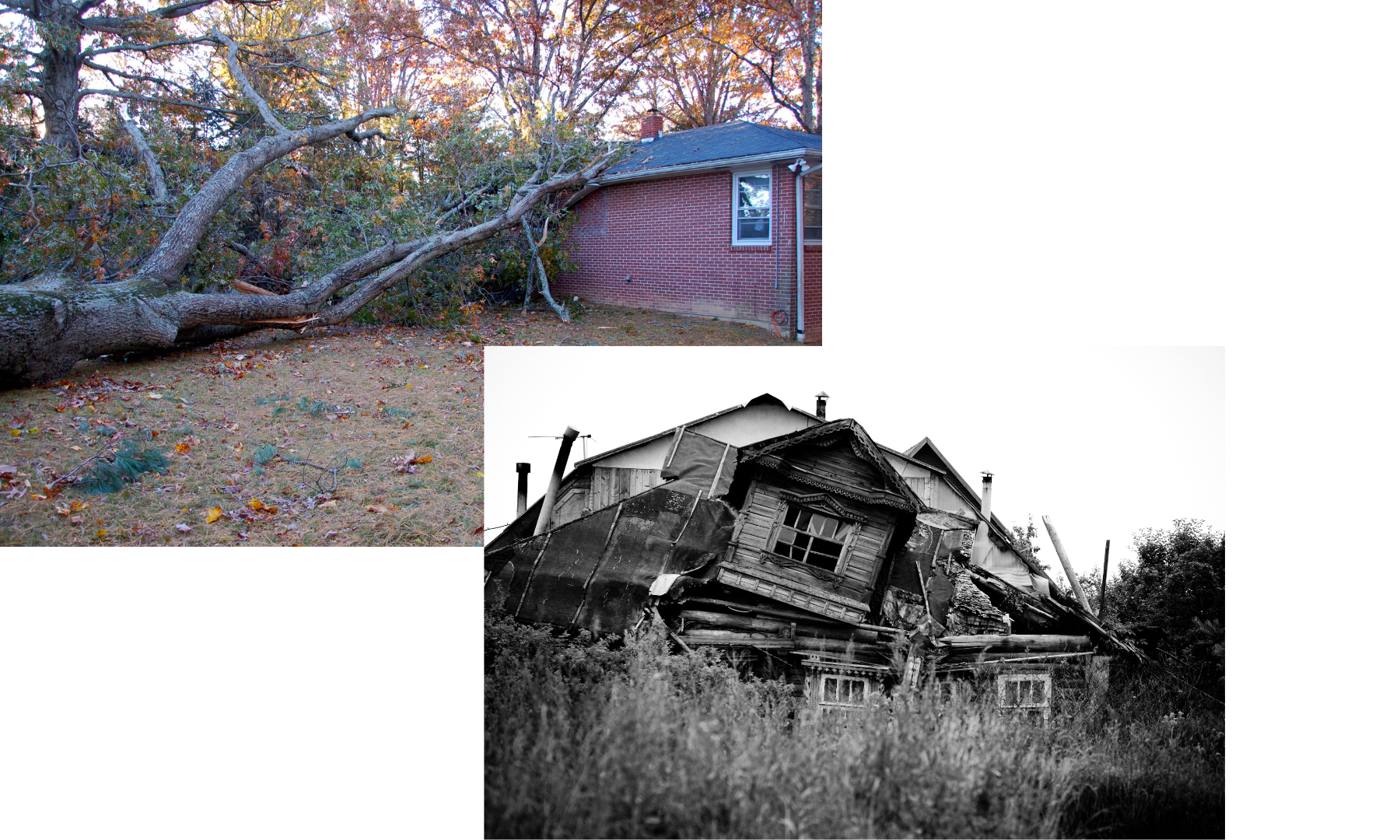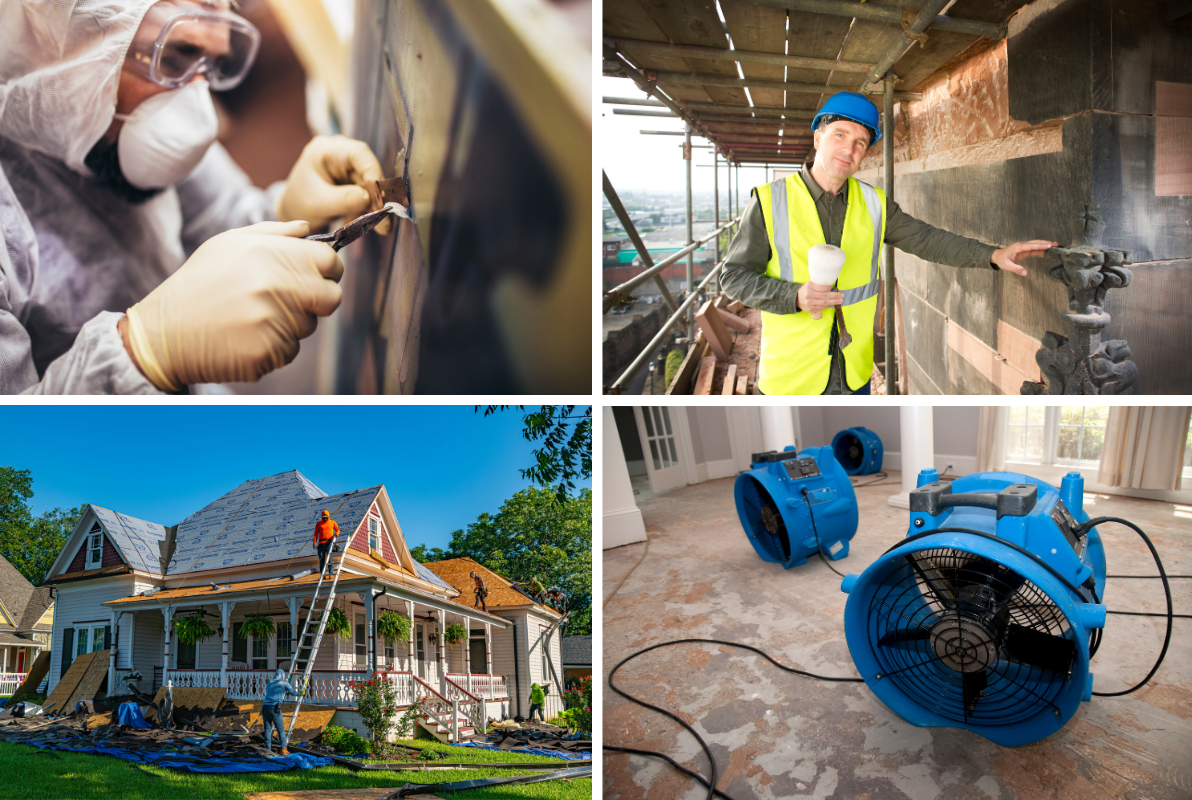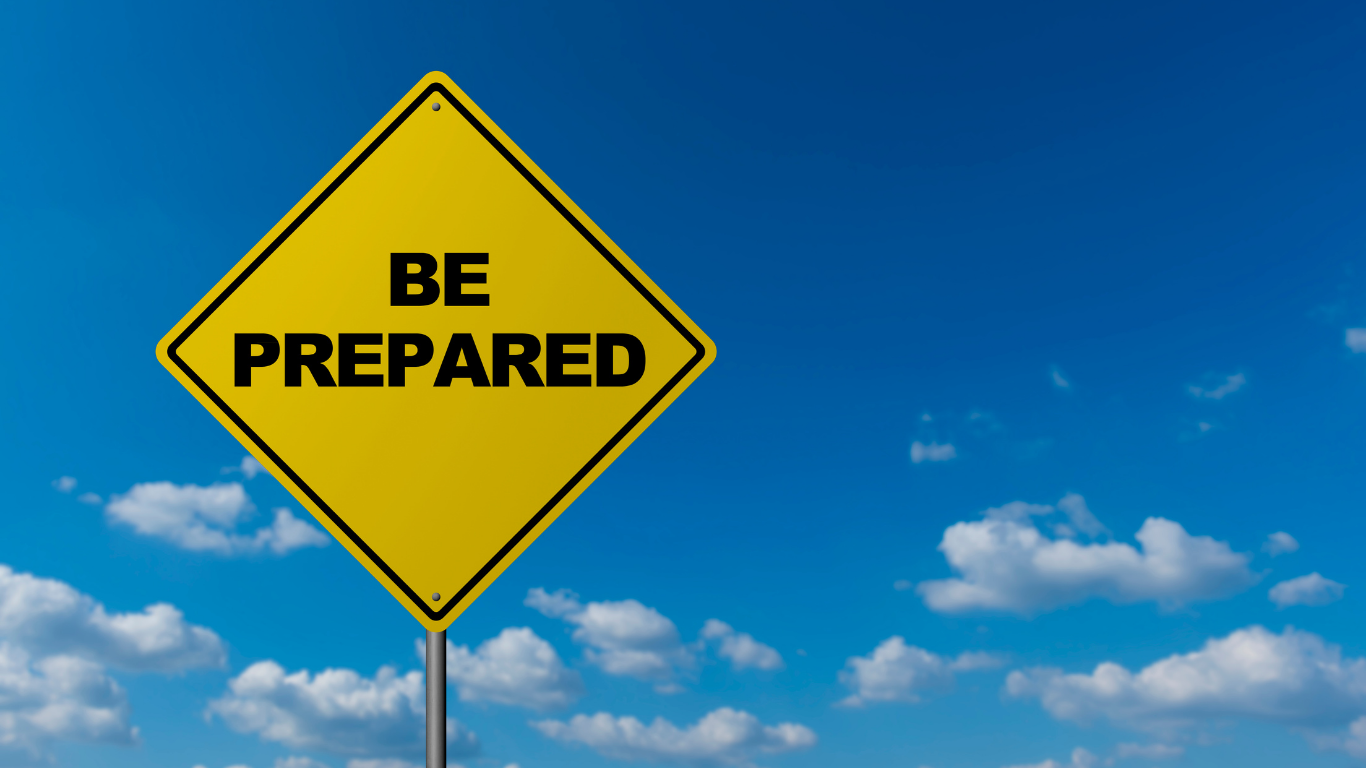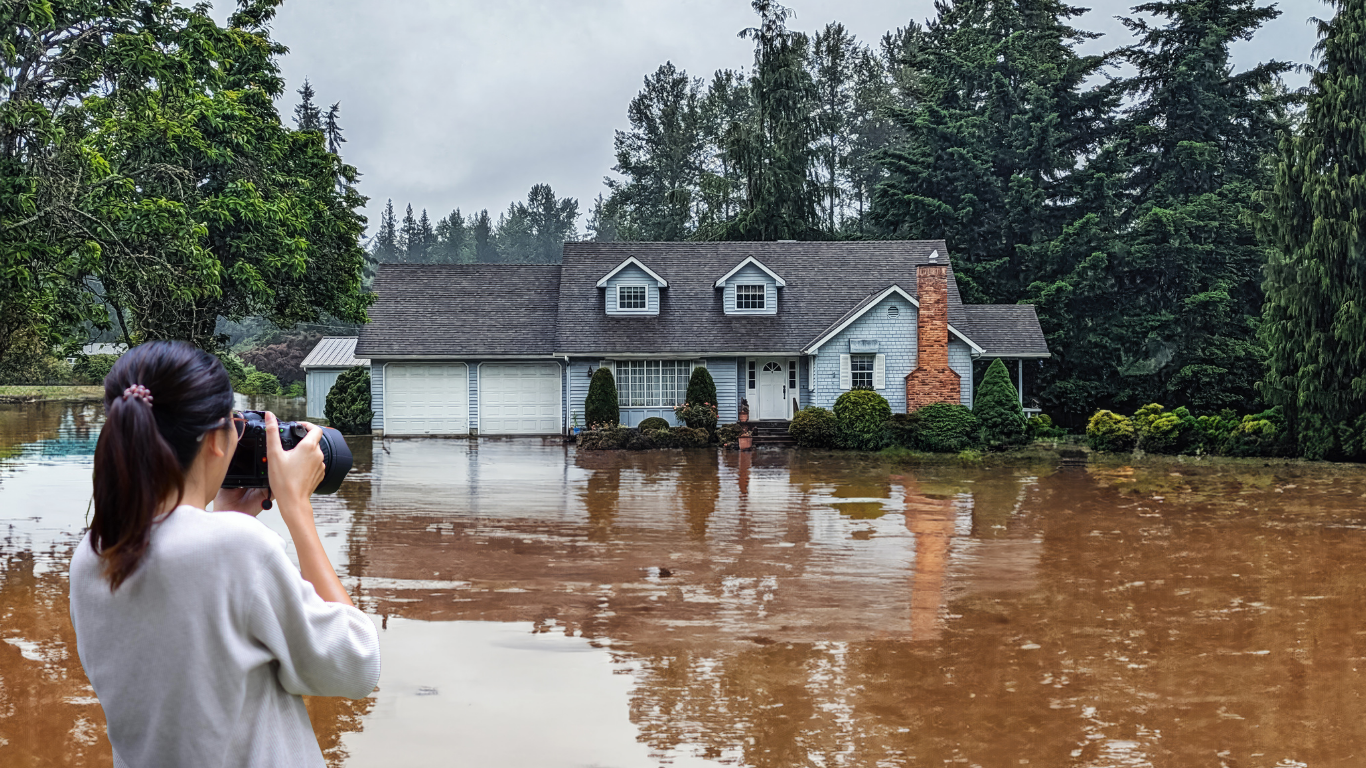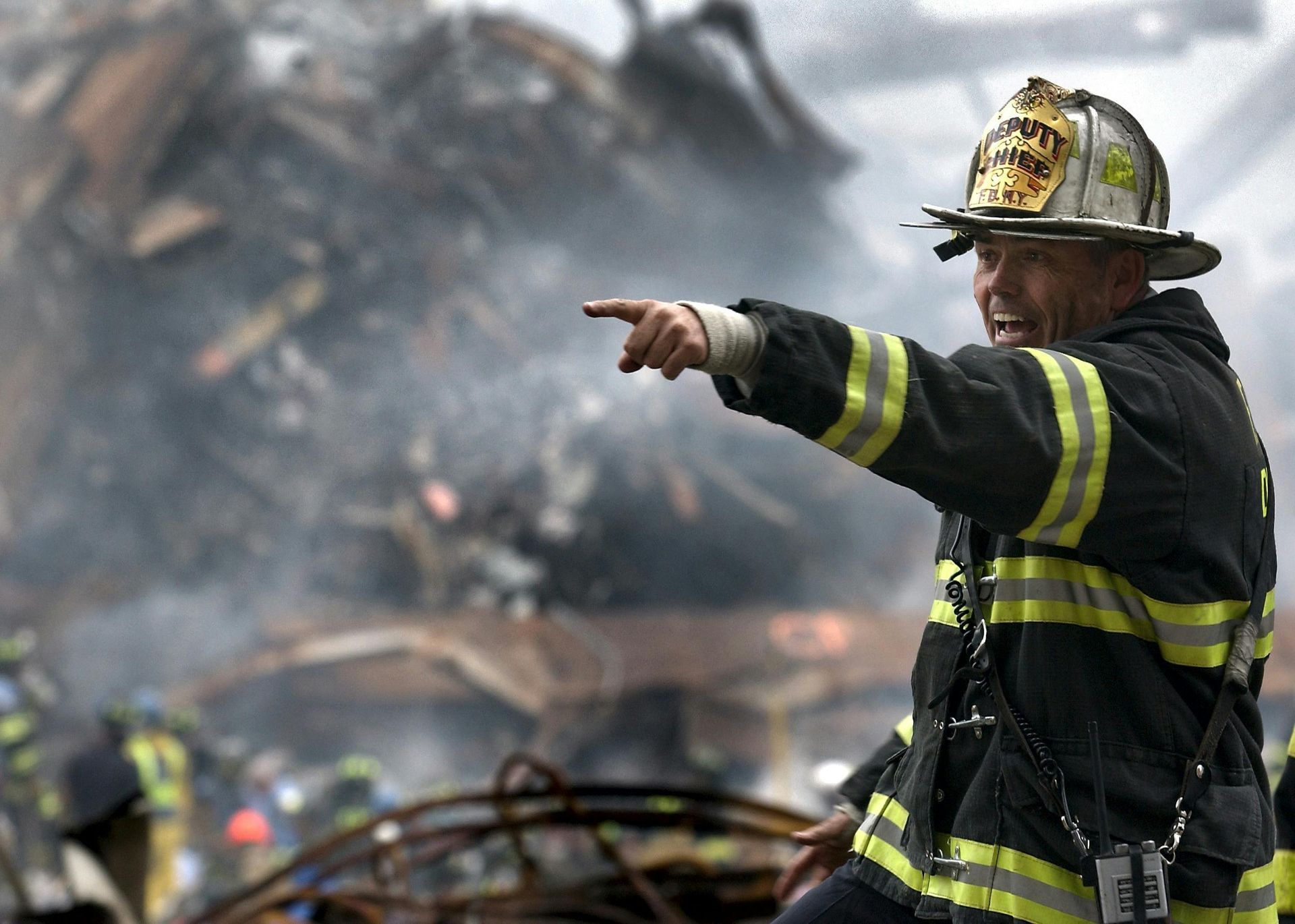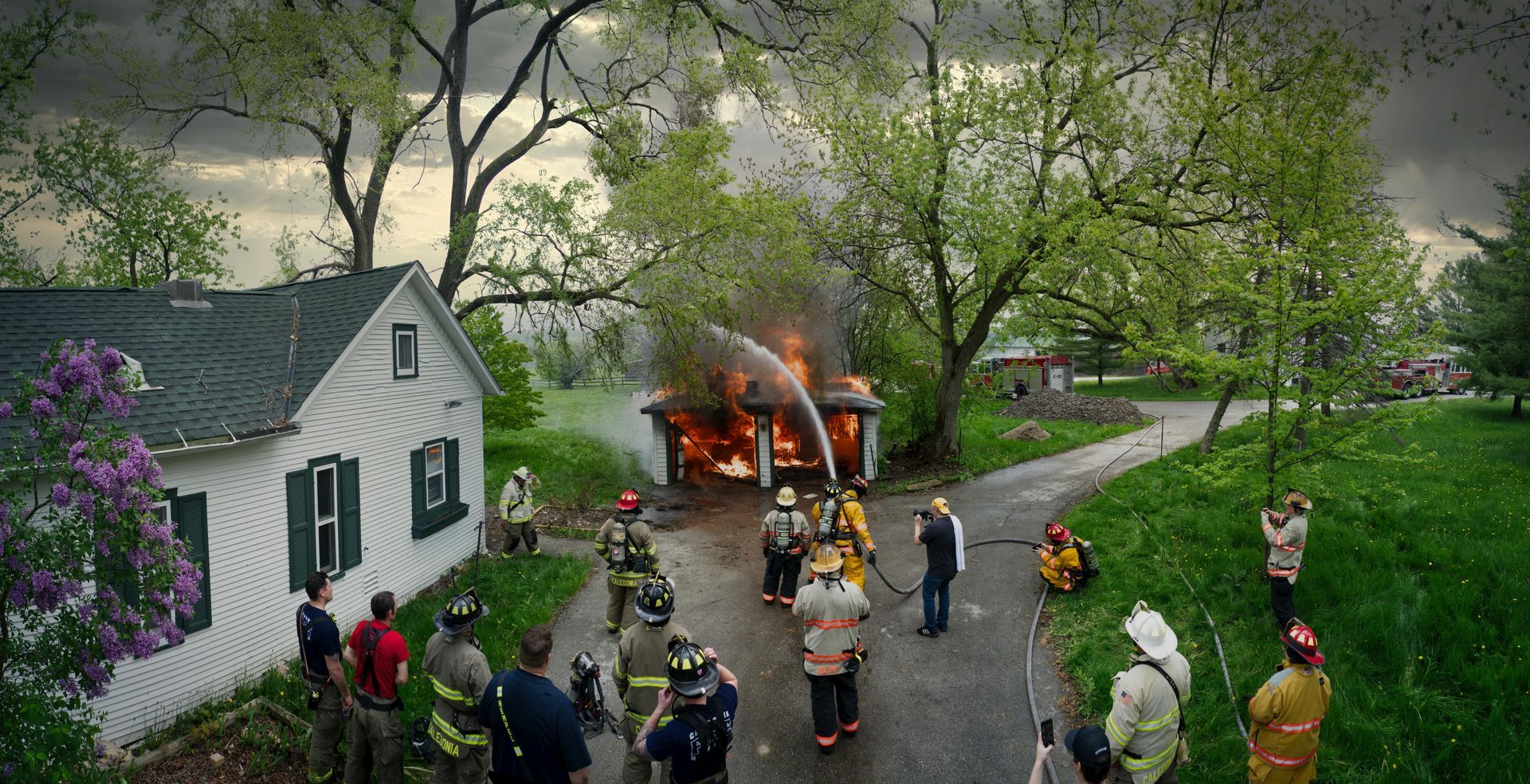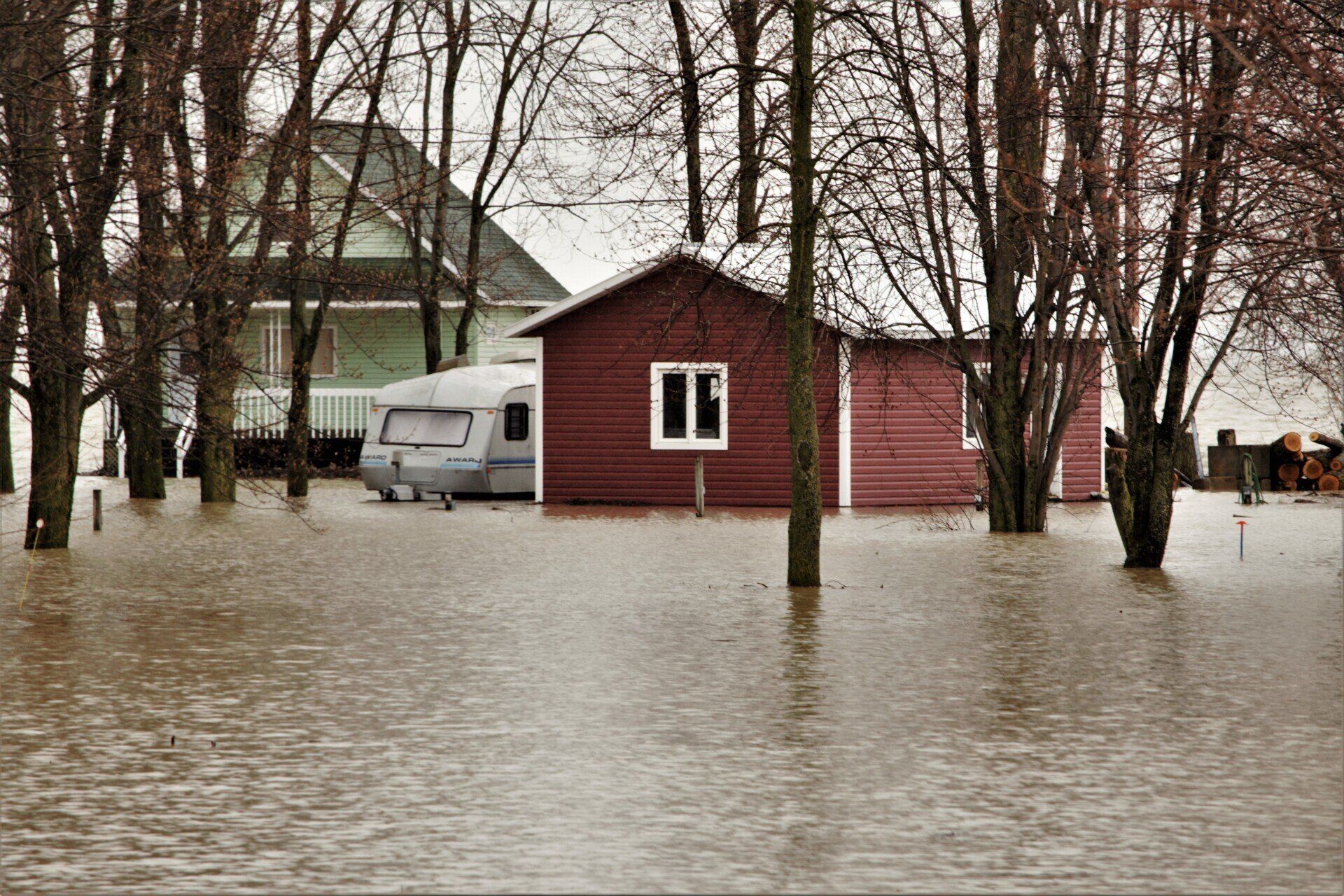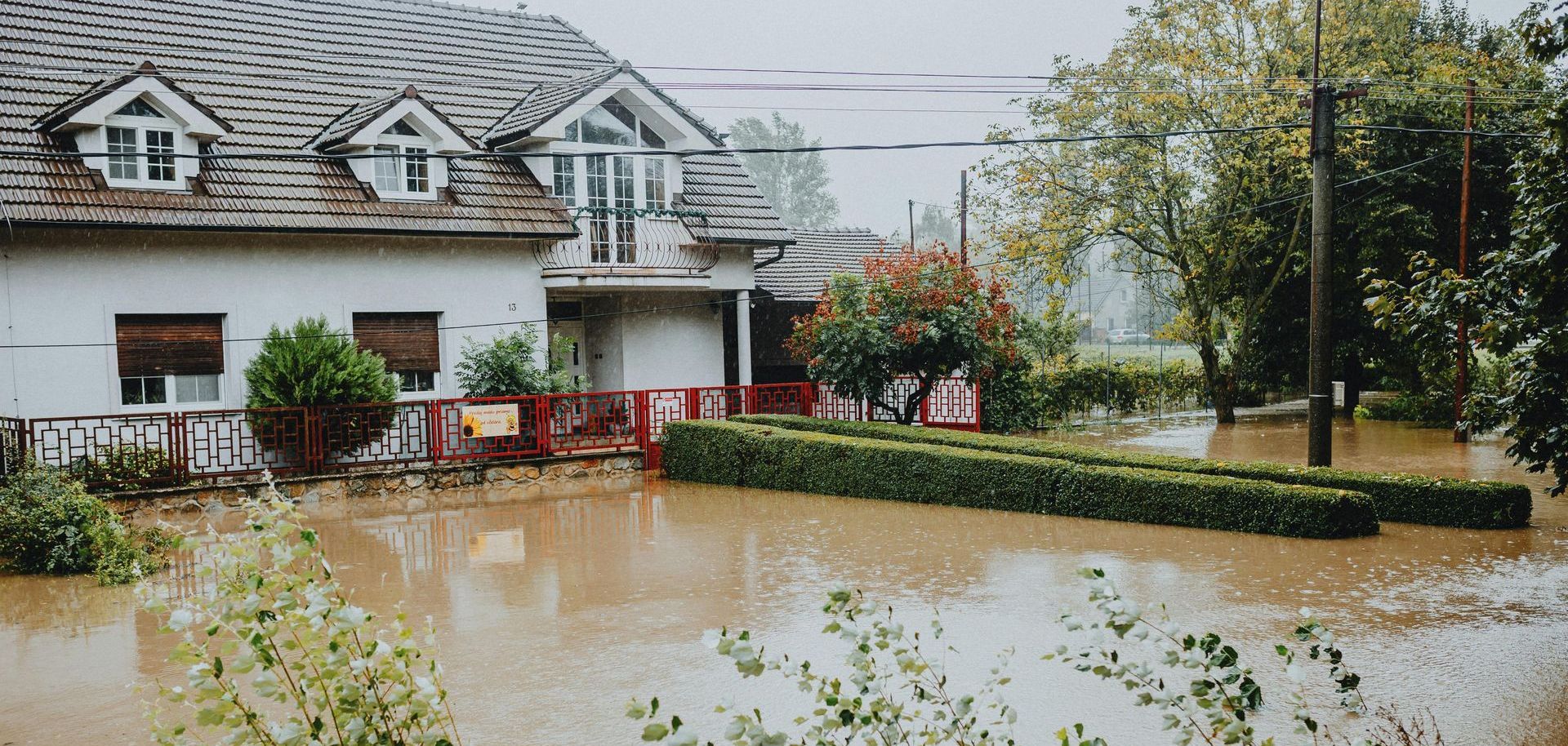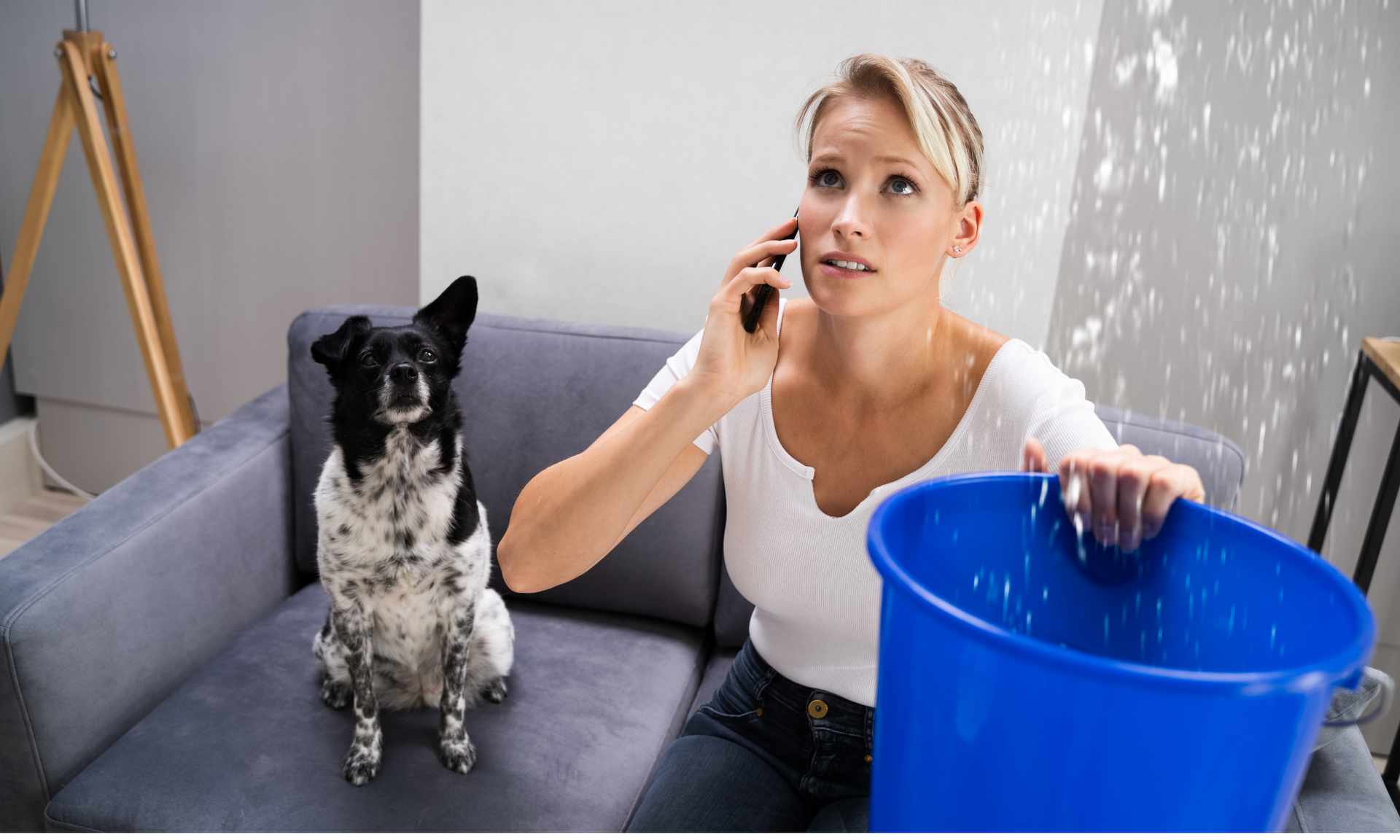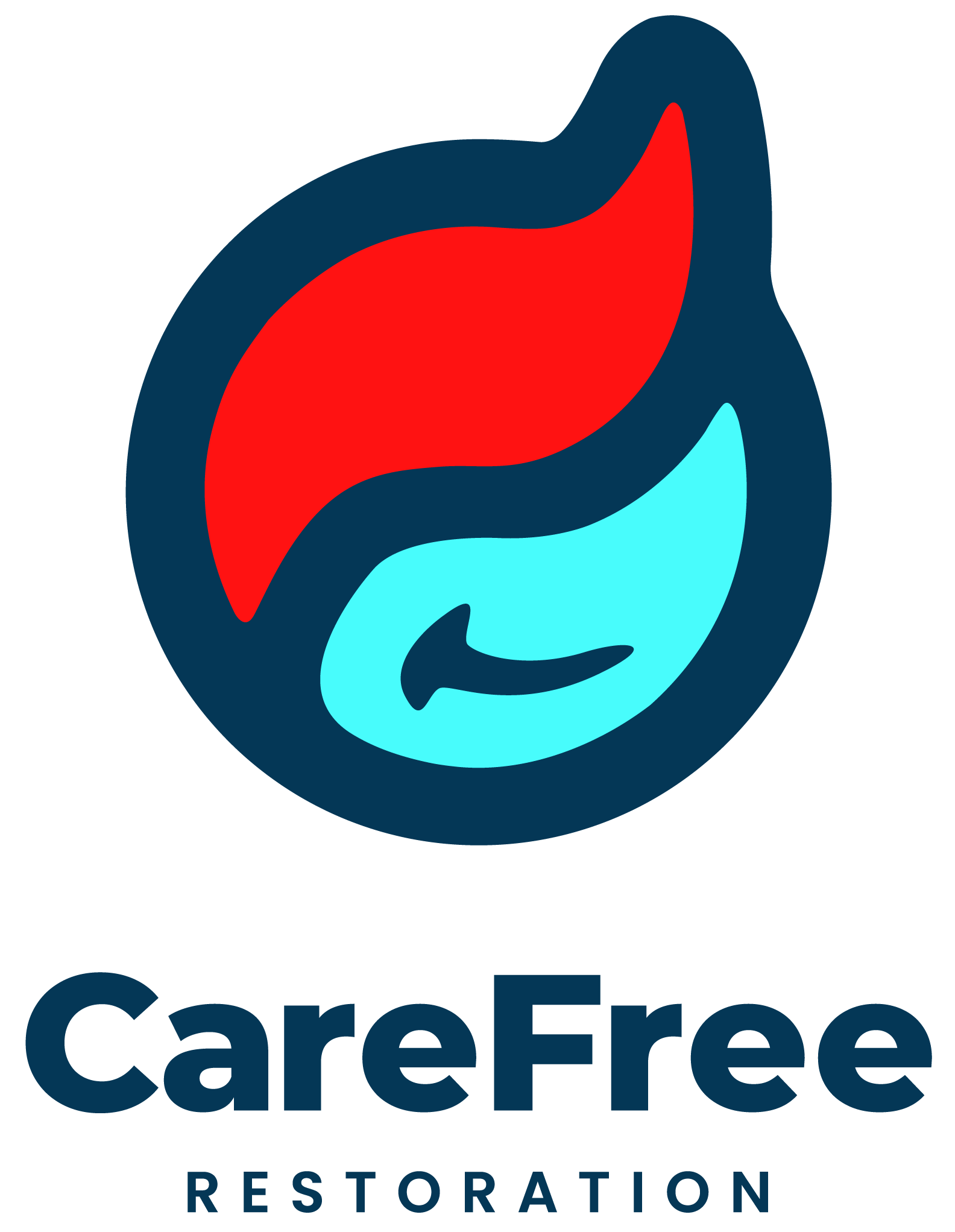Storm Damage Cleanup Checklist: What to Do Before the Pros Arrive
Finding Refuge FROM the Storm!
When a storm hits, it doesn't just damage homes and buildings—it shakes your sense of safety. Whether it’s heavy winds, flash flooding, fallen trees, or hail, the aftermath can be chaotic, dangerous, and overwhelming. Our storm damage cleanup and restoration checklist for Johnson City TN home and business owners can help.
At CareFree Restoration, our storm damage cleanup team in Johnson City, TN has helped countless families and business owners recover from storm disasters. While we’re ready to respond immediately, there are important steps you can take before the professionals arrive—steps that can protect your property, expedite your insurance claim, and most importantly, keep you and your loved ones safe.
Here’s a clear, compassionate storm damage cleanup checklist from our Johnson City experts for what to do in those critical early hours after a storm.
1. Prioritize Personal Safety First
Before you inspect damage or start cleanup, assess whether it’s safe to even enter the property. According to the CDC, one of the leading causes of post-storm injury is from accidents during cleanup, including falls, electrocution, and exposure to mold or contaminated water.
Safety Checklist:
- Avoid entering flooded rooms or basements until utilities are shut off.
- Be cautious of downed power lines—stay at least 30 feet away.
- Do not attempt to use wet electrical appliances.
- If you smell gas, leave immediately and notify authorities.
- Wear heavy-duty boots, gloves, and a mask if entering the property.
Tip: Even if the storm is over, risks like structural collapse, electrical hazards, or tree limbs falling can remain. If you're unsure at all, the best practice for your storm damage cleanup and restoration checklist is to wait for our Johnson City, TN area Restoration Specialists to arrive, so they can advise you on safety standards and avoid unnecessary risks. Call our 24/7 emergency support line if you need assistance now. (423) 610-0500
2. Take Photos of All Visible Damage
Once it’s safe, begin documenting the damage as thoroughly as possible. Photos and videos will play a critical role in your insurance claim.
Capture:
- Roof damage (from the ground or a safe distance)
- Broken windows, siding, or gutters
- Flooded rooms and wet contents
- Damaged furniture, electronics, or inventory
- Exterior features like decks, fencing, or outbuildings
According to a study by the Insurance Information Institute, proper documentation can increase insurance payout speed by up to 40%, as it reduces back-and-forth verification between adjusters and contractors. You can learn more on our Insurance page.
3. Prevent Further Damage (Without Risking Yourself)
Insurance policies often include a “duty to mitigate” clause, which means you're responsible for taking reasonable steps to prevent further damage. This does not mean starting major repairs, but rather small protective actions such as:
- Placing tarps over exposed roofs (if it's safe and accessible)
- Boarding up broken windows to prevent rain intrusion
- Moving valuables away from water-damaged areas
- Placing buckets under active leaks
- Using towels or fans to slow water spread (but only if the area is safe)
Important: Do not throw away damaged items yet unless they pose a health risk—your insurance company may need to inspect them.
4. Shut Off Utilities If There's Risk of Damage
If you suspect flooding, gas leaks, or electrical issues, shut off the appropriate utilities at the main switches or valves—but only if you know how to do so safely.
- Water: Shut off if pipes are broken or leaking
- Electricity: Turn off breakers if water is near outlets
- Gas: Call your utility provider; don’t attempt this on your own if unsure
Stat: The National Fire Protection Association (NFPA) reports that post-storm electrical fires are one of the most common secondary disasters following flooding or lightning strikes.
5. Call a Licensed Restoration Company Immediately
The faster you call, the faster we can respond. At CareFree Restoration, we’re available 24/7 because storm damage doesn’t wait—and neither should your recovery.
We’ll perform:
- Emergency board-up and tarping
- Water extraction and structural drying
- Tree and debris removal
- Mold prevention and sanitation
- Full damage assessment and restoration plan
- Insurance coordination and claim support
Why choose a licensed company? Unlicensed storm chasers often descend on affected areas offering quick fixes and low prices—then disappear, leaving poor or unfinished work. Choose a trusted, local provider with proven experience and transparency.
6. Contact Your Insurance Provider
Once you’ve documented the damage and connected with a restoration team, contact your insurer to begin the claims process. We recommend:
- Having your policy number and a list of damages ready
- Requesting a timeline for adjuster visits
- Asking what expenses are covered (temporary housing, meals, etc.)
- Keeping receipts for all out-of-pocket storm-related expenses
CareFree Restoration can also communicate directly with your adjuster and help provide accurate, industry-standard estimates to support your claim.
In the Midst of the Storm, You’re Not Alone
We understand the heartbreak that follows a disaster. You’re not just dealing with property damage—you’re dealing with disruption, uncertainty, and fear. Our team is here not only to restore your space but also to restore your sense of stability.
If you’ve experienced storm damage, reach out to CareFree Restoration today. Let us be your first call—and your strongest support.
Need immediate help?
📞 Call CareFree Restoration 24/7 at
(423) 610-0500
📧 Or request emergency service at our
Contact Page
We bring calm to the chaos—because your recovery matters.

